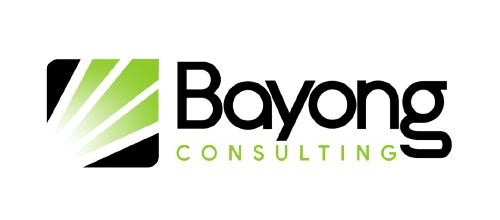
The Essential Components of a Business Plan
Creating a business plan is a crucial step for any entrepreneur looking to establish and grow a successful business. But what exactly should be included in a business plan to make it effective? Here’s a breakdown of the essential components that every business plan should contain.
1. Executive Summary
The executive summary is the first section of your business plan, but it should be written last. It provides a concise overview of your entire plan, highlighting the key points. This section should grab the reader’s attention and summarize your business concept, goals, and the strategies you’ll use to achieve them.
2. Business Description
This section provides detailed information about your business. It includes your business name, location, and the nature of your business. It further describes your industry, the marketplace needs you aim to meet, and how your products or services will meet those needs. It should also outline your business’s mission statement and objectives.
3. Market Analysis
A thorough market analysis is essential to understand the industry landscape, target market, and competitive environment. This section should include:
Industry Overview: Trends, growth projections, and key players in the industry. Target Market: Demographics, psychographics, and buying behaviour of your ideal customers. Competitive Analysis: A detailed look at your competitors, their strengths and weaknesses, and your competitive advantage.
4. Organization and Management
Outline your business’s organizational structure, including details about the ownership, management team, and board of directors if applicable. Provide biographies and roles of key team members, highlighting their expertise and experience. This section demonstrates that you have a capable team to execute your business plan.
5. Products or Services
Describe the products or services your business will offer. Explain the benefits and features, how they meet the needs of your target market, and any unique selling points. If applicable, include information about the product lifecycle, research and development activities, and intellectual property.
6. Marketing and Sales Strategy
Your marketing and sales strategy outlines how you plan to attract and retain customers. It should cover:
Marketing Plan: Strategies for pricing, advertising, promotions, and distribution channels.
Sales Strategy: Sales tactics, sales process, and sales goals.
Branding: How you will build and maintain your brand’s image and reputation.
7. Funding Request
If you’re seeking funding, this section is critical. Clearly state the amount of funding you need, how you plan to use the funds, and the type of funding you’re seeking (e.g., equity, debt). Include financial projections that show how the investment will help your business grow and generate returns.
8. Financial Projections
Provide detailed financial projections to demonstrate the viability of your business. This section should include:
Income Statements: Projected revenue, expenses, and profits over the next 3-5 years.
Cash Flow Statements: Expected cash inflows and outflows, ensuring you can maintain liquidity.
Balance Sheets: Snapshot of your business’s assets, liabilities, and equity.
Break-even Analysis: Calculation of when your business will become profitable.
9. Appendix
The appendix is an optional section that can include additional information to support your business plan. This might include:
Resumes of key team members
Product photos or mockups
Legal documents
Market research data
Detailed financial calculations
Conclusion
A well-structured business plan is a roadmap that guides your business’s journey from inception to growth and success. By including these essential components, you can create a comprehensive and compelling business plan that communicates your vision, strategy, and potential to investors, stakeholders, and your team. Remember, a business plan is a living document that should be regularly reviewed and updated as your business evolves.
